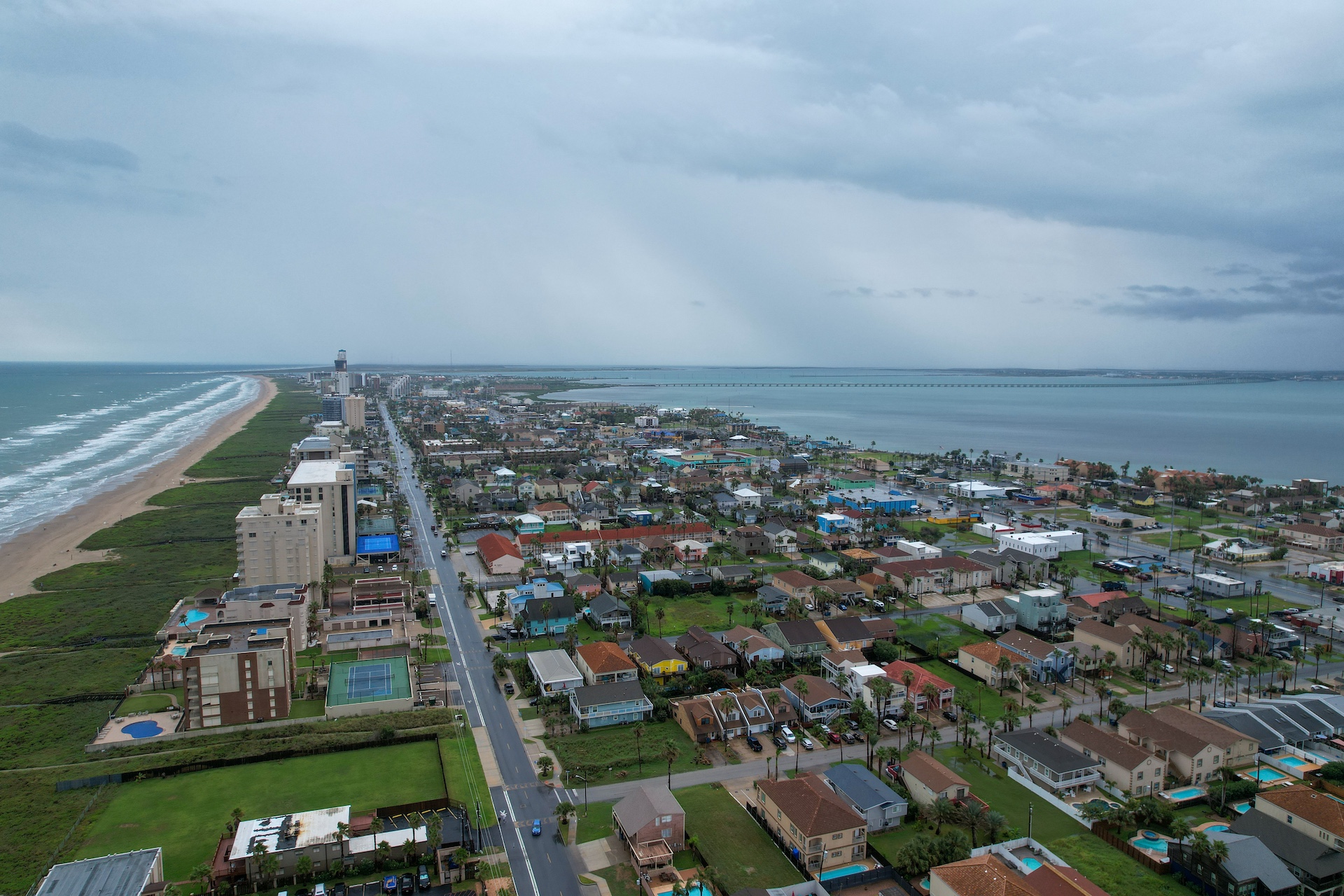The Border Boom: How Nearshoring is Driving South Texas Development

The transformation of global supply chains has positioned South Texas as one of America's most dynamic commercial real estate markets. As companies pursue nearshoring strategies to reduce supply chain risks and costs, the Texas-Mexico border region is experiencing unprecedented development activity across multiple asset classes.
Nearshoring Fundamentals
Nearshoring – the practice of relocating business operations to nearby countries rather than distant offshore locations – has accelerated dramatically since 2020. For companies serving North American markets, Mexico's proximity, trade relationships, and cost advantages make it an increasingly attractive manufacturing base.
This shift creates substantial demand for complementary US-based operations:
- Final assembly and customization facilities
- Quality control and testing operations
- Distribution and logistics centers
- Corporate oversight and coordination offices
- Cross-border transportation and warehousing
South Texas, with its strategic location and established infrastructure, captures the majority of this complementary development.
Geographic Advantages
South Texas offers unique advantages for nearshoring-related development:
Border Proximity
Direct access to Mexican manufacturing through established border crossings at Laredo, McAllen, Brownsville, and Eagle Pass enables efficient supply chain coordination.
Transportation Infrastructure
Robust highway, rail, and air cargo networks facilitate movement of goods throughout North America. The I-35 corridor alone handles over $200 billion in annual trade volume.
Established Trade Relationships
Decades of cross-border commerce have created sophisticated logistics, customs, and financial service infrastructure supporting complex supply chain operations.
Workforce Availability
Bilingual workforce with cross-border business experience provides operational advantages for companies managing integrated North American operations.

Development Surge
The nearshoring trend is driving development across multiple asset classes:
Industrial/Logistics
Manufacturing Facilities: Light assembly, final processing, and quality control operations requiring proximity to Mexican production
Distribution Centers: Cross-docking and fulfillment facilities serving North American markets from Mexican-produced goods
Cold Storage: Specialized facilities supporting agricultural and food product imports
Transportation Services: Truck terminals, rail facilities, and freight forwarding operations
Commercial Support
Office Space: Corporate offices, logistics coordination centers, and professional service providers supporting cross-border operations
Retail Development: Growth in employment and population driving demand for commercial services
Hospitality: Hotels and extended-stay facilities serving business travelers and temporary workforce
Residential Growth
Workforce Housing: Residential development supporting employment growth in manufacturing and logistics
Executive Housing: Higher-end residential options for relocated corporate personnel
Key Market Analysis
Different South Texas markets offer distinct advantages:
Laredo
The nation's largest inland port handles over 40% of US-Mexico trade. Industrial development has accelerated with new manufacturing, logistics, and transportation facilities. Office and retail development supporting the expanding workforce.
McAllen-Edinburg
Strategic location, lower cost structure, and available land make this market attractive for large-scale distribution and light manufacturing. Growing corporate presence supporting cross-border operations.
Brownsville
Port access, aerospace industry presence, and lower development costs create opportunities for specialized manufacturing and logistics operations.
Eagle Pass
Emerging market benefiting from trade growth and manufacturing expansion, with opportunities for early-stage industrial and commercial development.
Investment Opportunities
The nearshoring boom creates several distinct investment strategies:
Land Banking
Strategic acquisition of industrial-zoned land near border crossings and transportation corridors before development pressure fully impacts pricing.
Build-to-Suit Development
Partnering with manufacturers and logistics operators on custom facilities designed for specific cross-border operations.
Infrastructure Investment
Supporting development of utilities, transportation, and communications infrastructure enabling large-scale industrial development.
Adaptive Reuse
Converting existing facilities to meet modern manufacturing, logistics, and quality control requirements.
Economic Impact
The nearshoring trend is generating substantial economic impact:
- Employment Growth: Manufacturing and logistics jobs with above-average wages
- Population Expansion: Workforce growth driving residential and commercial demand
- Infrastructure Investment: Public and private capital improving regional infrastructure
- Service Sector Growth: Professional services, banking, and support industries expanding
This economic expansion creates multiplier effects supporting continued real estate development across asset classes.

Risk Considerations
While compelling, nearshoring-related investments require careful risk assessment:
Trade Policy Sensitivity: Changes in trade agreements or tariff structures could impact demand
Infrastructure Dependencies: Some opportunities require coordination with public infrastructure improvements
Cross-Border Complexity: Regulatory and operational complexities require specialized expertise
Economic Cycles: Manufacturing operations may show sensitivity to broader economic conditions
Strategic Positioning
Our South Texas strategy focuses on:
- Identifying sites with optimal transportation access and infrastructure capacity
- Building relationships with companies implementing nearshoring strategies
- Understanding regulatory requirements and approval processes
- Partnering with operators experienced in cross-border business
Future Outlook
We anticipate continued strong development activity throughout South Texas as nearshoring trends accelerate. However, the most compelling opportunities will increasingly require sophisticated understanding of cross-border operations, infrastructure requirements, and regulatory environments.
By positioning strategically in this dynamic market, investors can capitalize on one of the most significant shifts in North American supply chain strategy while supporting the continued growth of Texas' border economy.


.png)
.png)

